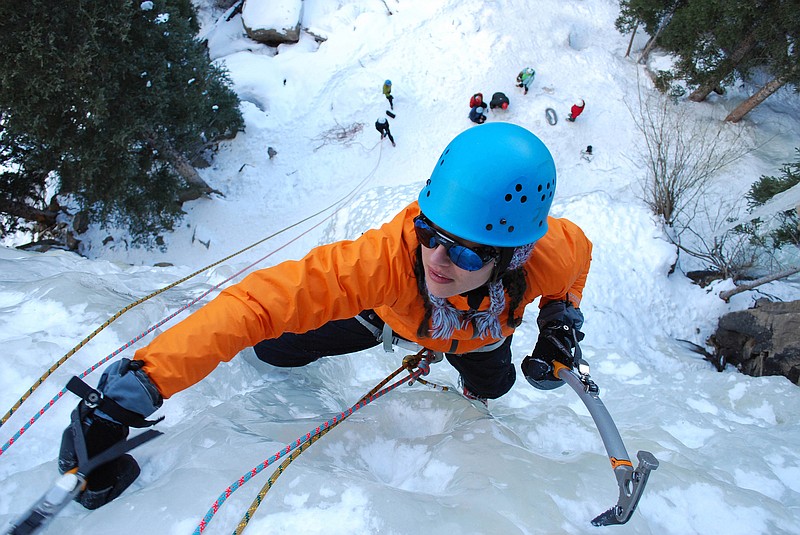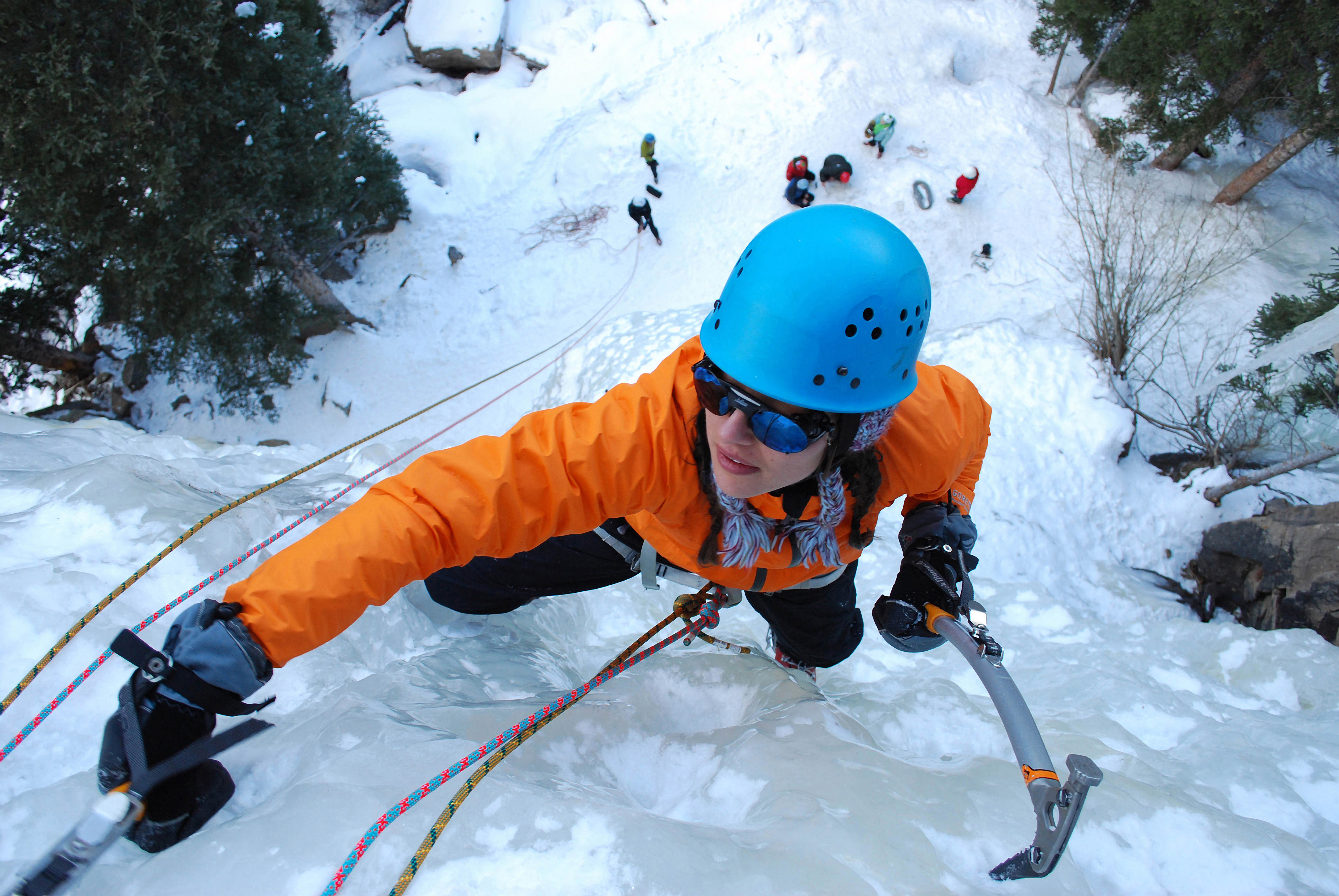It happens every year at various levels, even here in the Southeast. Creaking, expanding, sparkling in the sunlight-the ice comes. And as it drapes over road cuts, cascades in frozen waterfalls, plasters itself to many a north-facing cliff-the climbers come, too.
"There's a fluke winter every 10 or 12 winters where we usually have 20 places to ice climb within 20 minutes of downtown," says local climber Kirk Brode, though he's hesitant to tell where exactly these places are located. Whenever a good ice crops up close by, he says, it's usually so full of eager ice climbers that there's not a lot of elbow room.
"Nobody told me where any of these local spots are. We hunted them down ourselves. If people are super motivated that's what they'll do," Brode explains, adding that a climber needs to be super motivated if they want to take on the sport.
Unlike its sister sport of rock climbing, for which countless crags are waiting to be explored, ice climbing is a bit more elusive. Conditions need to be just right, says Brode, with a few cold nights at around 20 F, and if there's not enough water, there won't be enough ice. "We just kind of watch the weather and we look for two or three nights around 20 degrees," he says. "The first one is always hard to pin down."
Watch it...
The sport can also be a bit more dangerous. "You don't just go ice climbing; just because you see ice on the wall doesn't mean it's safe to climb," warns Brode. "It can be just fun, but it's going to be hard until you learn to do it." He advises any ice-climbing newbies to do the following before embarking on a frigid venture of their own:
-Read up on it. "Know a fair amount before you go," Brode says. "Where you hit the ice matters, where you position your body on the ice matters." Grab a copy of "How to Ice Climb" or get online and do your research.
-Go with experienced friends or hire a guide. Not only is it the best way to discover prime ice locations, a veteran ice climber is the best person to show you the ropes. "Most of us knew someone who was ice climbing; either we asked them or they asked us to go," says Brode. Not to mention, the gear can be expensive. Before you invest in your own crampons and ice axes, find out if you are actually invested in the sport by first sharing with other avid ice climbers, if you can.
-Remember: "We've got more and more people using these resources and it's getting harder and harder to protect them," says Brode. "Don't go out and love it all to death. Do something in return."
"People have a need for fulfillment. You can't have fulfillment without taking some risk - the appropriate amount of risk so you can continue it. It's the challenge, like piecing together the puzzle. It's the strategy and getting better at something, too. I think a lot of it is the need to step out of our comfort zone ... on some sort of adventure." - Kirk Brode on his love of ice climbing.

